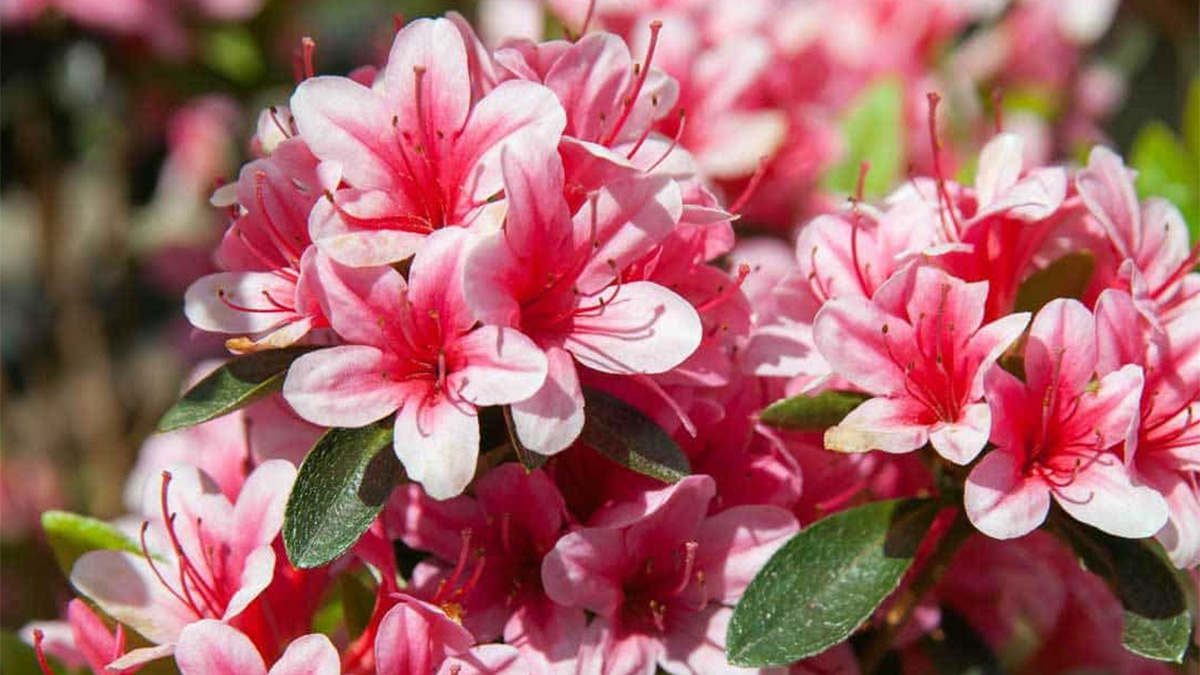Discover How to Grow and Maintain Beautiful Azaleas

Azaleas are treasured for their bright, showy blooms and graceful structure, making them a highlight in many gardens. With their range of colors and easygoing nature, azaleas can thrive in various settings when given the right care. This guide will walk you through how to grow and maintain beautiful azaleas for a vibrant, healthy landscape.
Choosing the right azalea variety
Azaleas come in two main groups, evergreen and deciduous, each offering unique charm. Evergreen types keep their leaves year-round, while deciduous azaleas lose foliage in winter but often display spectacular blooms. Popular varieties include ‘Girard’s Fuchsia,’ ‘George L. Taber,’ and native species like the flame azalea.
When selecting an azalea, consider your climate, space, and color preferences. Some bloom early in spring while others flower later, extending color in your garden. Choose varieties that thrive in your local conditions for best results.
The best location for azaleas
Azaleas prefer dappled light or partial shade, avoiding harsh afternoon sun that can scorch leaves. Morning sun with afternoon shade is often ideal. Good air circulation is important to prevent disease and help the plant stay healthy.
Shelter your azaleas from strong winds, which can dry them out or break delicate branches. Planting near taller shrubs or structures provides protection without blocking light. Think carefully about your garden’s microclimates before choosing a spot.
Preparing the soil
Azaleas do best in acidic soil with a pH around 5.5 to 6.0. Test your soil before planting and amend if needed using products like sulfur to lower pH. They also need well-drained soil enriched with organic matter to support healthy roots.
Mix compost or pine bark into native soil to improve texture and moisture retention. Raised beds can help in poorly drained areas. Loose, friable soil ensures roots have room to spread and thrive.
Planting azaleas
Plant azaleas in spring or fall when temperatures are moderate and moisture levels are more stable. Dig a hole twice as wide as the root ball and only as deep, keeping the top of the root ball level with the ground.
Water the plant thoroughly after planting to settle the soil around the roots. Space azaleas to allow airflow and future growth, generally two to four feet apart depending on variety size.
Watering and fertilizing azaleas
Azaleas appreciate consistent moisture, especially in the first year while establishing roots. Water deeply when the top few inches of soil feel dry, but avoid soggy conditions. A mulch layer helps maintain soil moisture and regulate temperature.
Fertilize with a balanced, acid-forming fertilizer in spring after flowering and again in midsummer if needed. Avoid high-nitrogen formulas that encourage leaf growth at the expense of blooms. Always follow label directions to prevent overfeeding.
Pruning and shaping azaleas
Prune azaleas soon after they finish blooming to avoid cutting off next year’s flower buds. Light pruning removes straggly growth and helps maintain a pleasing shape. You can also thin the plant by removing crowded interior branches to improve airflow.
Cut back any dead or damaged wood as you notice it. Regular pruning encourages a dense, healthy shrub that will reward you with consistent blooms. Avoid heavy shearing, which can spoil the plant’s natural graceful form.
Common azalea pests and diseases
Azaleas can be vulnerable to pests such as lace bugs, spider mites, and caterpillars. Check leaves regularly for speckling, webbing, or holes, and treat early using insecticidal soaps or horticultural oils. Ladybugs and other beneficial insects can also help control pests naturally.
Fungal issues like petal blight and root rot may appear in overly wet or poorly drained soils. Planting in well-drained areas and spacing shrubs correctly reduces disease risk. Remove fallen leaves or spent flowers to limit sources of fungal spores.
Seasonal care and maintenance
Mulching with pine bark or pine needles helps keep roots cool in summer and protects them in winter. Refresh mulch each year and keep it a few inches away from the plant’s main stems.
Weed regularly to prevent competition for nutrients and water. In colder climates, protect azaleas with burlap or frost cloth during harsh winters, especially for less hardy cultivars.
If your azaleas become crowded or overgrown, consider transplanting them in early spring or fall to a better location with improved spacing.
Encouraging the best blooms
Azaleas need the right combination of light, moisture, and nutrients to produce reliable blooms each year. Avoid pruning late in the growing season to protect developing buds.
Water consistently during dry spells, especially when buds are forming, to support flower development. If blooms seem sparse, evaluate whether the plant has enough light and if soil acidity is in the proper range.
Proper fertilization, good drainage, and a gentle pruning routine will keep your azaleas blooming beautifully for seasons to come.
Conclusion
With a thoughtful approach to soil, sunlight, and seasonal care, azaleas can reward you with years of stunning flowers and lush growth. By choosing the right varieties and maintaining their health through pruning and proper watering, you’ll enjoy a spectacular show every year. Embrace these tips and let your azaleas become the pride of your garden.
